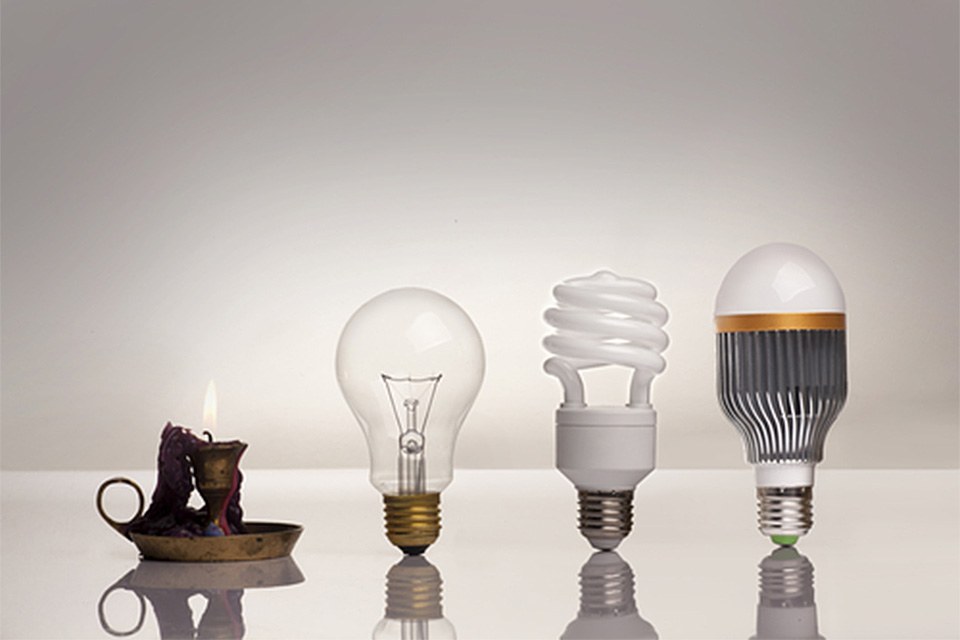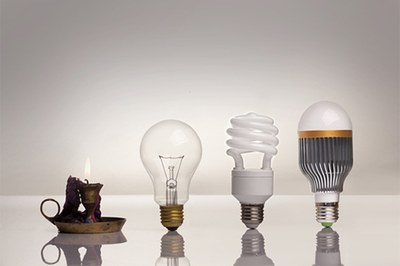The Transition to LED Lighting may Trigger a Cataclysmic Change in the Building Automation Industry
Andy McMillan, President of BacNet International shares his thoughts on the future of the building automation industry.
What is Automation Armageddon all about?
The transition to LED lighting may trigger a cataclysmic change in the way the building automation industry works. Historically, building controls applications have been HVAC-centric since that was the element of the building where controls could add significant value. In many situations the return on investment rate for HVAC-oriented building automation has not been compelling so the majority of buildings in the US do not have automation systems.
"As we go forward, the case for retrofitting buildings with LED lighting will become very compelling and with it will come a much broader application of controls."
The key difference, though, is that these controls applications and projects will be lighting-centric rather than HVAC-centric and that will make all the difference. These lighting-centric projects will be motivated by LEDs but will naturally incorporate wireless and cloud technology. The result will be the emergence of new players, new technologies and new application delivery mechanisms. The existing industry structure and business models could easily come tumbling down.
LED Evolution
Which parts of building automation industry are at greatest risk?
The scale of lighting controls applications in the coming years will dwarf anything seen in building automation to date. To achieve that scale companies will have to make complex technologies and systems very simple to implement, operate and optimize. As a result, it will become increasingly difficult to persuade owner/operators that controls solutions requiring specialized skills to program, configure, diagnose and commission are a good investment.
So, the portion of the building automation industry that thrives on system complexity is going to be seriously challenged. This challenge will be even more dramatic as lighting moves away from simple “replacement” of traditional lighting toward new lighting applications that leverage the dynamic nature of LEDs.
Why is this any different from other technology shifts, like pneumatic to digital control?
There have been many examples of new technology adoption in large industries and they have been studied extensively. One lesson that emerges from those studies is that industry structure tends to persist through the change when the technology is evolutionary. That is, when the technology provides incremental gain in key elements of the existing value proposition. However, when a technology change enables substantially new value propositions, then it frequently fuels changes in industry structure.
Digital controls were an evolutionary technology shift away from pneumatics, especially in the first couple decades of their existence. LEDs on the other hand, are not just an evolutionary change although they certainly provide incremental gains in the traditional lighting value proposition in terms of efficacy and efficiency.
"The dynamic nature of LEDs enables whole new value propositions built on the fact that light affects people and behavior. If companies figure out how to take advantage of this new opportunity it will make the LED transition far more disruptive to the industry than digital controls was."
Which companies will come out on top?
It is hard to predict which companies will be most successful in the long run. The incumbent industry leaders have the resources needed but historically large incumbents have struggled to apply those resources effectively (e.g. Kodak, Wang, etc). The impact of LED lighting on automation will be enabled by the coincident adoption of two other technologies, wireless networking and cloud services.
As such, we might find the real winners come from incumbents in those industries rather than current players in lighting. Of course, it is equally possible that a small company that seems insignificant now might prove to have to the right combination of business model and technology to drive the industry (e.g. Microsoft in 1982). The evolution of the industry will probably be non-linear and there are few perfect crystal balls in the world. So, the winning companies are likely to be those that are agile enough to adapt quickly in an evolving market while being visionary and disciplined enough to keep the end goal in sight.
How will users benefit?
To the extent that a dramatic change in building automation industry is precipitated by value propositions that justify broader application of building controls, users will gain immensely. It will become cost-effective and practical to apply controls to more buildings and that larger market will attract all sorts of innovation. Exactly what innovation is harder to predict. Had we asked ourselves in 1995 how the web would eventually benefit consumers our answer would have been pretty speculative. The same is true now when we look at the potential shift in emphasis in building automation. Beyond the obvious benefits of lower costs and less (users visible) complexity, it is hard to say which new value propositions will prevail.
When will the change happen?
The building automation industry has traditionally been rather slow to adopt new technologies and systems. For example, open systems solutions in building automation lagged their industrial automation counterparts by a decade. So it might be tempting to assume this transition will take a lot of time. On the other hand, LEDs come from an industry that moves very quickly, as do wireless networking and cloud services technologies. So, to the extent that companies in these adjacent industries choose to involve themselves directly in LED lighting and controls, the historical rate of change in building automation may be a poor indicator of the future.
It is worth noting that in 2005 there was no You-Tube. The cost and complexity of creating and posting video on the web was prohibitive for casual users. Now, only eight years later, almost anyone can create and post videos on the web … and millions of people do every day. That is how fast things can change. So, when will dramatic change in the automation industry happen? We’ll have to wait and see but I would bet in favor of sooner rather than later. Andy McMillan is founder and principal consultant at ArborCoast LLC where he works with clients to envision and execute innovative business and product strategies with bottom line impact. His experience includes a variety of executive positions, most recently with Philips Lighting where he was general manager of an energy management and controls organization.
Andy McMillan is founder and principal consultant at ArborCoast LLC where he works with clients to envision and execute innovative business and product strategies with bottom line impact. His experience includes a variety of executive positions, most recently with Philips Lighting where he was general manager of an energy management and controls organization.
As a strong advocate for open systems Andy has served as an invited speaker at numerous technical and business conferences around the world. He co-authored a book on open systems networking and has been awarded a dozen patents. He holds MBA and BSEE degrees from the University of Michigan. Andy’s views are his own do not necessarily reflect the position of BACnet International, ASHRAE, or any other organisations. If you want to send comments directly to him, he can be reached at andysview@arborcoast.com.
About Memoori:
Memoori is committed to providing information on innovation. Our services help companies in collecting and disseminating information throughout their organisation; giving a clear and consistent view of new technology developments, new research and activity in important adjacent markets.
THE MEMOORI REPORT LED LIGHTING IN BUILDINGS
LED LIGHTING IN BUILDINGS
2013 TO 2017
... read more
VISITORS SAVE
$300 USD
Published in Q2 2013
Memoori Business Intelligence is an independent market research and investment consultancyand analyst partner of the LpS 2013.
All visitors to LpS 2013 will receive a 30% discount when they buy the report. To get your discount please ask for your code at the registration desk.


